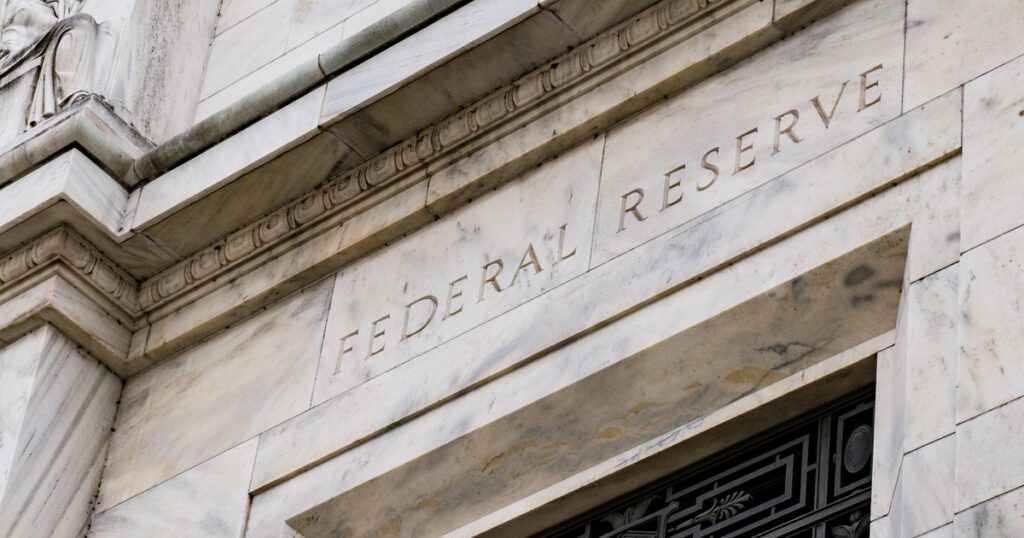When the Federal Reserve cuts interest rates, the effects ripple far beyond Wall Street. From past rate-cutting cycles, we’ve learned that income-focused trusts can struggle when interest rates are low, while flexible structures and proactive planning thrive.
For trusts and their beneficiaries, low interest rates reshape investment returns, distribution strategies and the planning opportunities available to families. For estate planners and trust administrators, understanding these dynamics is key to guiding clients effectively.
Investment Portfolios
One of the most direct effects of an interest rate cut is on bonds and other fixed-income investments. When rates decline, the price of existing bonds increases. Trusts that already hold fixed-income securities may therefore see a short-term bump in value. Conversely, in the years leading up to a rate cut, such as the recent cycle of rising interest rates, bond prices drop as yields climb.
For trustees, this moment of transition may be an opportunity. If a trust is heavily allocated to fixed income, it might be time to sell while bond values are up. On the equity side, the picture is less straightforward. Over the past five years, global markets have endured COVID-19 disruptions, recession concerns, geopolitical volatility and uncertainty around U.S. tax policy. Despite these headwinds, equities have performed well, but the case for caution remains strong.
That makes it essential to reevaluate each trust’s asset allocation, considering its specific needs. For example, a trust created by an elderly grantor with short- or mid-term estate tax obligations may be appropriately conservative and bond-heavy. But with today’s higher federal estate tax exemption, fewer estates face immediate tax liability, opening the door for trustees to consider a more growth-oriented allocation.
Distributions: Move to Flexible Structures
Traditional trusts that distribute “income” to beneficiaries and preserve principal for the remainder beneficiaries can become problematic in a low-rate environment. When interest rates fall, bond yields decline, and income distributions may be slashed even if the trust’s principal is growing.
This is where distribution design matters. Modern trust drafting often favors flexibility, including:
Discretionary distributions that allow trustees to adjust support based on beneficiaries’ needs.
Fixed-dollar distributions adjusted for inflation that maintain predictability regardless of interest rate fluctuations.
Unitrust structures, where beneficiaries receive a flat percentage of trust value each year, smoothing out the effect of changing yields and allowing the beneficiary to benefit from the strong stock market.
For estate planners, understanding how interest rate shifts interact with distribution provisions is critical. Encouraging clients to consider flexible structures can help future-proof a trust.
Estate Planning Opportunities
Lower rates also shape the effectiveness of various estate planning tools. The Internal Revenue Code Section 7520 rate, derived from federal interest rates, drives the calculations behind grantor retained annuity trusts (GRATs), qualified personal residence trusts (QPRTs) and other techniques.
GRATs generally become more attractive when interest rates are low because any asset growth above the hurdle rate passes to heirs tax-free.
QPRTs, by contrast, lose some appeal when rates fall, because the actuarial value of the remainder interest is reduced.
Intentionally defective irrevocable trusts (IDITS) and intra-family loans can benefit by reducing the costs of these strategies when interest rates decline.
Intentionally defective irrevocable trusts (IDITS) and intra-family loans can benefit by reducing the costs of these strategies when interest rates decline.
Changes in interest rates should always trigger a review of estate-planning strategies. Coupled with evolving tax legislation, they create windows of opportunity or reasons to revisit existing plans.
Real Estate and Beneficiaries’ Goals
Trusts often serve practical purposes beyond portfolio management, such as helping beneficiaries purchase a home. Here, interest rates matter enormously.
When mortgage rates were historically low, as they were five years ago, using trust funds for a modest down payment and financing the rest with a 3% loan made sense. Today, with significantly higher mortgage rates, some trustees are finding it more advantageous to make a larger cash distribution to avoid saddling a beneficiary with expensive debt.
Each decision depends on timing, market conditions and the trust’s long-term purpose. Financial planners and trust administrators can play a key role in helping families weigh whether distributions should fund down payments, all-cash purchases or longer-term investment alternatives.
At every stage, from estate planning and trust drafting to asset allocation and distribution decisions, interest rates shape outcomes for beneficiaries. But the right approach is always situational. A grantor’s age, tax exposure and goals for beneficiaries all affect whether a conservative or growth-oriented allocation makes sense. A discretionary trust may thrive when interest rates are low, while an income-only trust may struggle.
For estate planners and trust administrators, the lesson is clear: interest rate changes are not just an investment issue; they also impact the administration of trusts. They are both planning and administrative issues. Understanding the interplay among trust law, financial markets and family goals will allow practitioners to provide holistic guidance.

